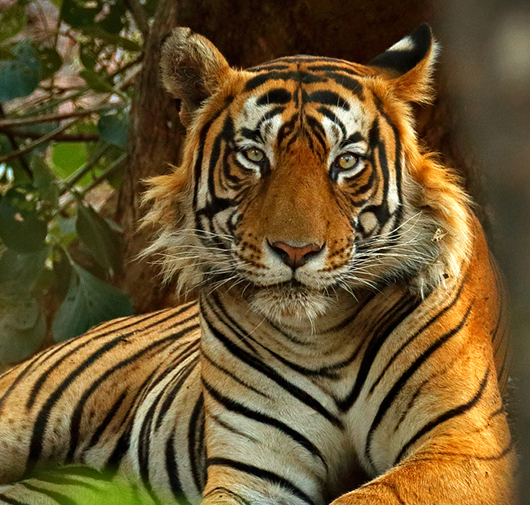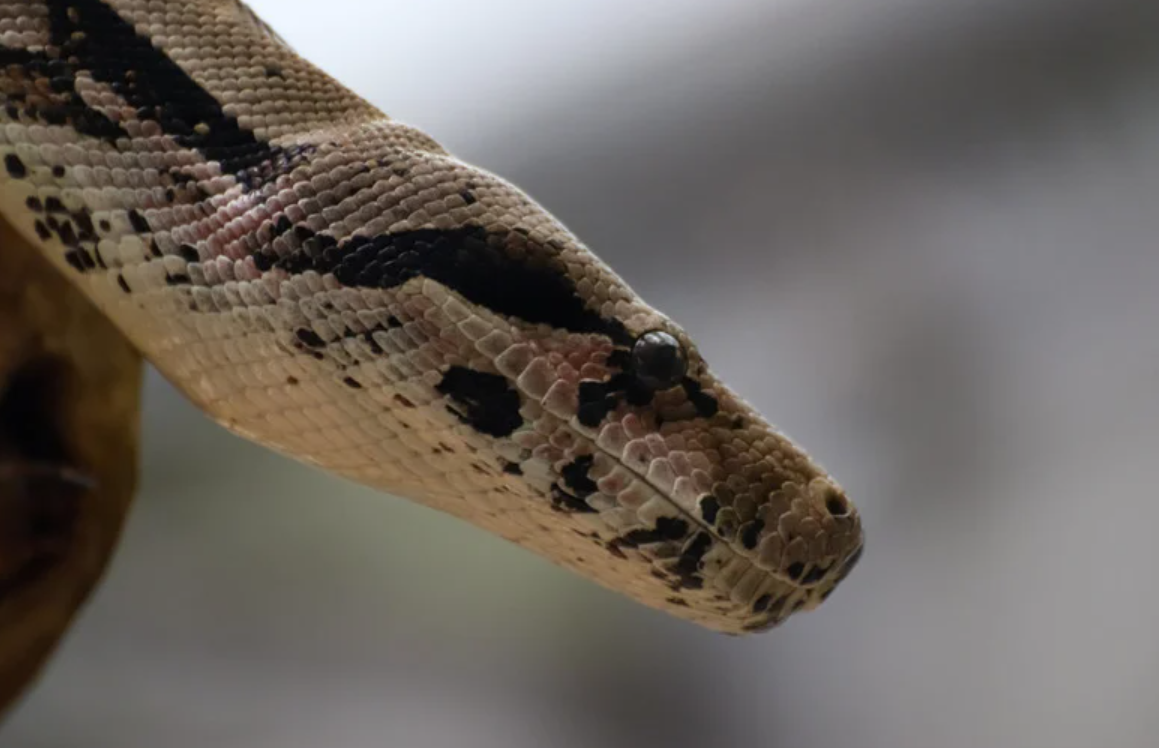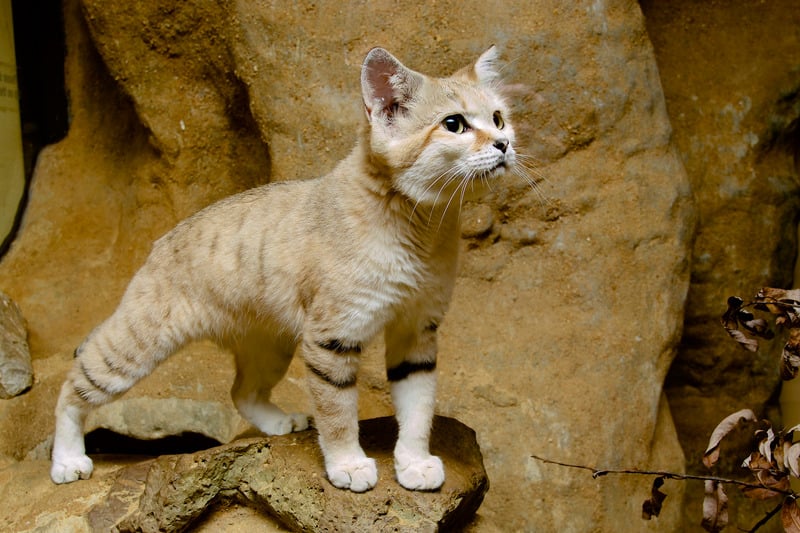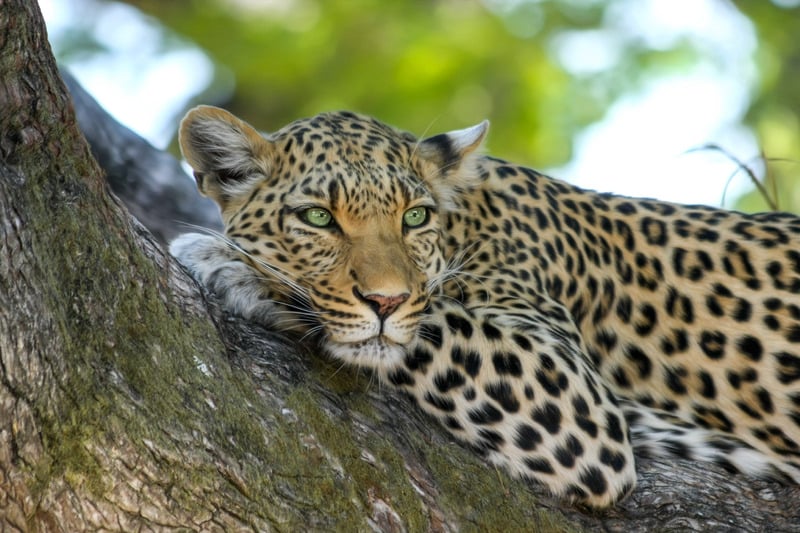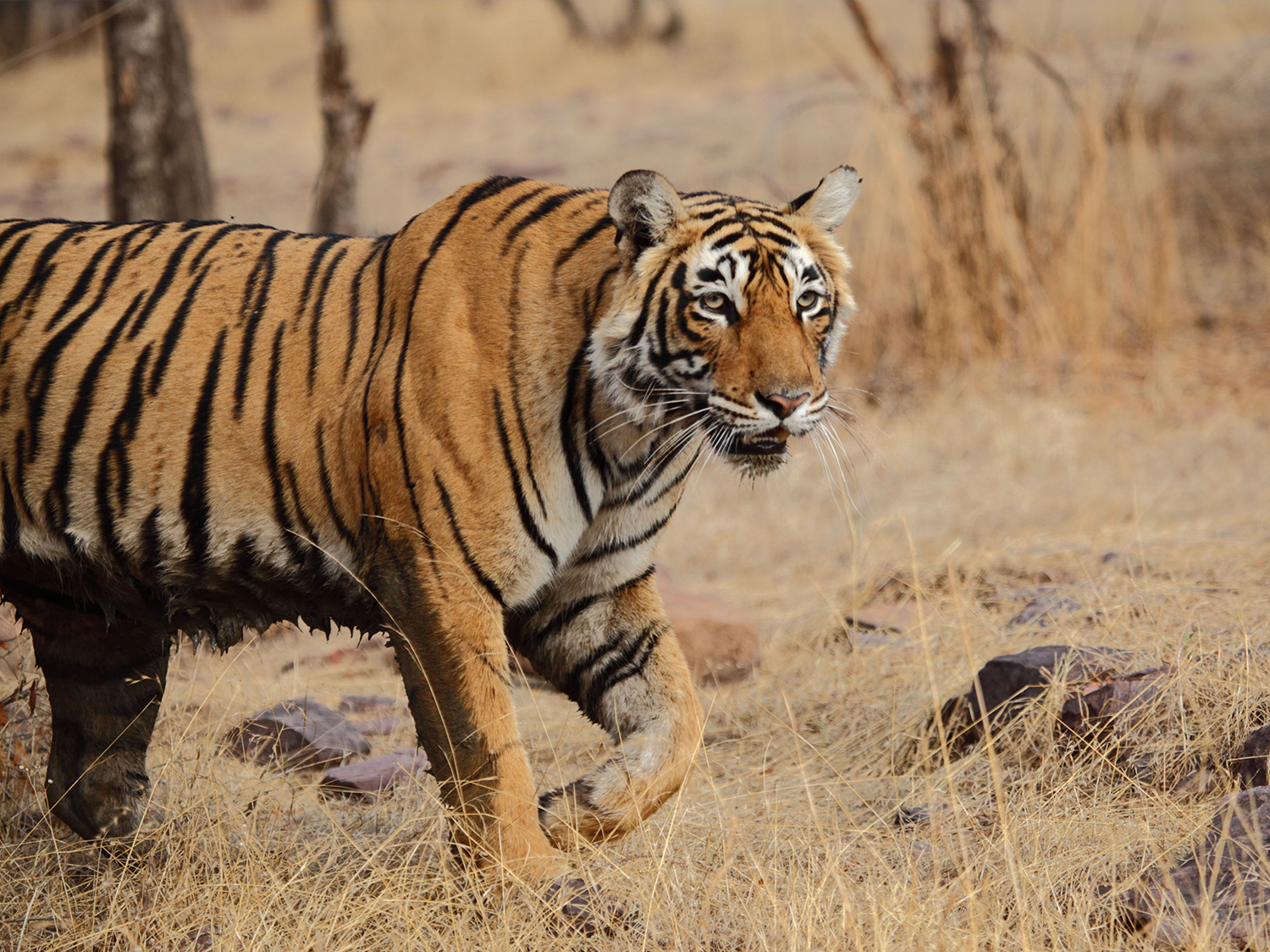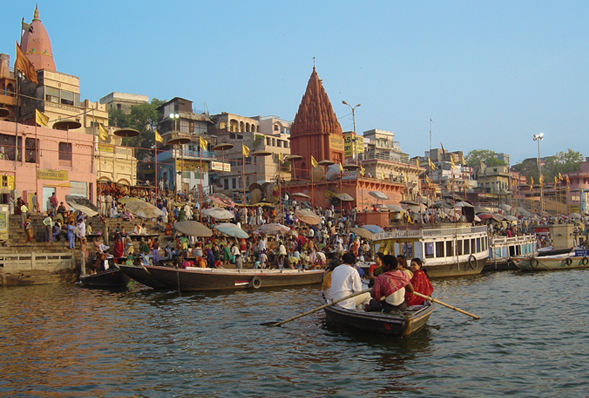Ranthambore National Park Safari and ToursDiscover the beautiful Bengal tiger on a Ranthambore National Park Safari
When do you want to go?
2024
I'm flexible
Passengers
Adults (18+)
Children (0 - 17)
Quick Links
About Ranthambore National Park
Ranthambore is a prime example of Project Tiger’s conservation efforts. The National Park is one of the most popular parks in India to see tigers, thanks to its proximity to the Golden Triangle of Delhi, Agra and Jaipur. Located in the Sawai Madhopur district of the state of Rajasthan, Ranthambore is also one of India’s most scenic parks with wild jungle and rocky ridges as well as a number of crumbling burial tombs and the 10th-century Ranthambore Fort. Originally established as the Sawai Madhopur Game Sanctuary in 1955 it officially became a national park in 1980. When surveyed in 2021 the park claimed a population of 81 tigers! The best chance of seeing them in the wild is on game drives that take place in Ranthambore's three buffer zones, designed to restrict traffic and provide enough space for the resident tigers. The park is open from October to June and closed for the rest of the year due to the monsoon rains.
Ranthambore National Park safaris and tours
We offer a range of tours that stop off at Ranthambore National Park. Book a once in a lifetime tour of the park and see majestic tigers with your very own eyes. Unfortunately, these beautiful big cats are an endangered species, with more being held in captivating in the US alone than there are in the wild. However, India is the country with the largest number of wild tigers, some of which you can see in Ranthambore National Park. Besides tigers, the park boasts a plethora of wild animals including, leopards, hyenas, jackals and much more.
What to expect when visiting Ranthambore National Park
The park lies at the edge of a plateau and is bounded to the north by the Banas River and to the south by the Chambal River. Covering an area of some 400 km including steep crags, lakes, rivers, lush forests and open bush land. For a relatively small area, the park offers a rich diversity of fauna as well as the star attraction, the Bengal tiger. If you’re looking to bird watch, one of the best locations is the fort, where a wide variety of birds have been spotted such as paradise flycatchers, peacocks and crested serpent eagles. To spot the flightless animals we embark on a game drive through the park in the hopes of spotting the wide variety of wildlife that call Ranthambore National Park home.
Wildlife to see at Ranthambore National Park
Bengal tiger
The Bengal tiger is one of the world’s largest cats. With their beautiful orange fur and solitary nature, tigers have inspired awe and wonder in people for generations. Unfortunately, their beauty has made them a target for poachers and today tigers are classed as an endangered spices due to excessive poaching. The illegal market for their fur and teeth amongst other things has made a huge dent in the tiger population. To combat this many parks, like the Ranthambore national park, work to protect tigers from further poaching and hope to increase the number of wild tigers to combat extinction.
Indian Pythons
Averaging around 3 metres in length the Indian pythons are a large species that live in tropical and subtropical regions of India and southeast Asia. It is one of the largest snakes in the world and luckily it is nonvenomous. Though they look intimidating Indian pythons are rather docile creatures and rarely ever attack anything unless it is hunting for food. They are also excellent swimmers with the ability to stay completely submerged in water for minuets at a time.
Desert Cats
Also known as ‘sand cats’ these adorable felines look more suited to a grandmother’s house than the jungles of India, but don’t let their small stature fool you these cats are skilled hunters. There hearing sensitivity is around 8 decibels greater than a domestic cat, which they use to their advantage when hunting. They are Known to prey on rodents’ birds and even venomous snakes. They tend to stay underground in their dens during the day saving their energy to hunt at night. If you are lucky you might be able to spot one on a game drive.
Leopards
Another large jungle cat, though considered small compared to a tiger, that lives in the Ranthambore national park is the leopard. There is a large population of leopards at Ranthambore park. They can mainly be spotted around the mountain areas of the park; the leopard uses its spotted fur for camouflage and hunts its prey quietly and methodically. There are 8 species of leopard, the ones that live in Ranthambore are the Indian leopard which are listed as a near threatened species.
Frequently asked questions
What animals can I expect to see besides tigers?
Besides tigers, you might see leopards, sloth bears, striped hyenas, sambar deer, chital, nilgai, langurs, and a variety of bird species.
What is the best time to see tigers in Ranthambore?
The best time to see tigers is during the hotter months, from April to June, as the animals tend to come out more often in search of water.
Are there any specific rules I need to follow while on safari?
Yes, visitors must follow park rules such as not disturbing the wildlife, not littering, staying within designated areas, and not using flash photography. It is also important to remain quiet and seated in the vehicle during the safari.
Is it safe to visit Ranthambore National Park?
Yes, it is generally safe to visit Ranthambore National Park. However, it is important to follow the guidelines provided by the park authorities and your safari guide to ensure a safe experience.
Can we get down from the safari vehicle during the tour?
No, for safety reasons, visitors are not allowed to get down from the vehicle during the safari, except at designated spots where it is permitted by the guide.
Best time to visit Ranthambore National Park
The park is only open from October to June and close for the rest of the year due to monsoons. You are more likely to see the animals during the hotter months from April to June as they will be more active visiting the watering holes to cool off. However, summers in India can be extremely hot so this may not be for everyone. If you think you will struggle with the heat it is better to travel in the cooler months, from October to March. This way you will still see the animals, but the weather will be more bearable.
Conclusion
Ranthambore National Park offers an unparalleled opportunity to witness the majestic Bengal tiger in its natural habitat. Beyond tigers, the park's rich biodiversity, stunning landscapes, and historical ruins create a captivating experience for nature enthusiasts and wildlife photographers alike. Visiting Ranthambore is not just about a safari; it's about immersing yourself in the raw beauty of India's wilderness, making it a must-visit destination for anyone seeking adventure, tranquillity, and a deep connection with nature. Whether you're a seasoned traveller or a first-time explorer, Ranthambore promises an unforgettable journey into the wild.
India guides
Check out these India guides to help you plan your upcoming trip!
Tours to similar destinations!
Our customers say
Excellent
4.4 out of 5 based on 275 reviews
